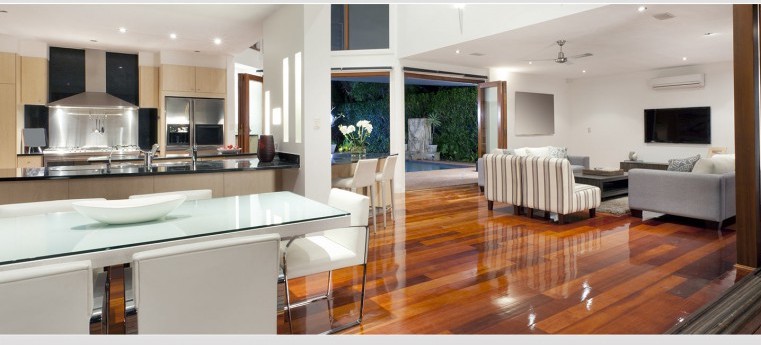New houses and renovation projects often times incur damages from careless waterproofing or improper maintenance.
Kitchens, shower areas, laundries and other areas of the bathroom are places which need waterproofing to avoid any damage. Smaller mistakes or flaws are very easy to overlook, and as waterproofing membranes are hidden well below the tiles. If wrongly installed, these can damage the building. Inadequate waterproofing will not be visible until it is too late and there is already serious damage done.
Failed waterproofing often goes undetected for a very long time. Leakage from floors or walls encourages the growth of mould. In a few cases, serious damage is caused to timber structure and the infrastructure of the building. Even if caught at an early stage, any repair to faulty or damaged waterproofing will prove to be invasive and complicated. For example, in order to fix any faulty bathroom issues, you will probably need to remove all surrounding tiles. A pre-purchase inspection spares you this distress.

Are these waterproofing inspections mandatory?
Queensland and New South Wales are the only two states in Australia where the new waterproofing solutions inspection is a must by law. If you are living in a different state, it is still best to get the waterproofing inspection done just to be on the safer side of things.
While waterproofing solutions do come with a cost, they are worth the cost. And if you have a new home build warranty, your builder pays for it if something goes wrong.
What are the standards of waterproofing installs?
Waterproofing installers of Australia will have to comply with the criteria set out in the Australian Standard AS 3740 – “Waterproofing of Wet Areas within Residential Building and with the BCA Performance Requirement for Wet Areas”. Waterproofing though is a detailed job that is carried out mainly by licensed and qualified water proofers. The local council’s building services department along with the Australian Institute of Building Surveyors can be contacted for the guidelines.
What are the things inspected at waterproofing inspections?
The building inspector will check the following:
- The installed roofing is in accordance to standards and manufacturing specifications
- Plumbing in the roof
- Appropriate flashing in all openings along with penetrations that are checked for condition and fitting
- A visual check for installation of damp proofing
- Weep holes in perimeter as well as window openings
- The brickwork is straight with sound mortar and the bricks secure the joints for appropriate water control
- Door and window fittings have the appropriate number of fixings and blocks in order to maintain a straight frame
- Wall linings and ceilings along with cornices are fitted to acceptable standards with comments on the quality of finish and any other obvious defects
- The external and internal finishes of the paint
- Waterproof membrane to wet areas and showers
- Fire separation walls wherever needed; all checked for specifications related to both manufacture and installation
- Ventilation that including subfloor ventilation
Getting a building inspected for waterproofing solutions is as important as getting the right value for your property. Any waterproofing damage to any building can be really harmful resulting in unforeseen hazards. Isn’t it best to spend a few dollars now, rather than spending a lot more later on renovations and restoration?
